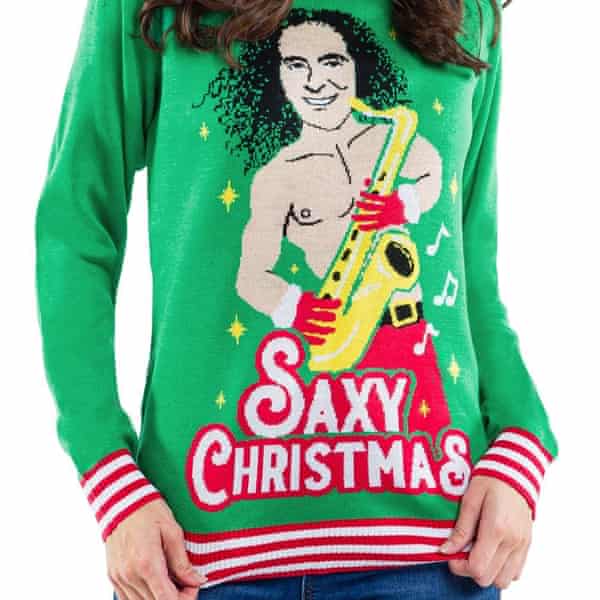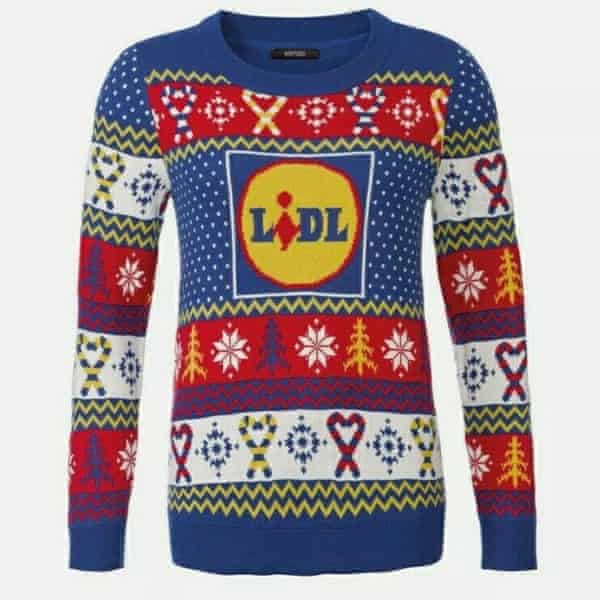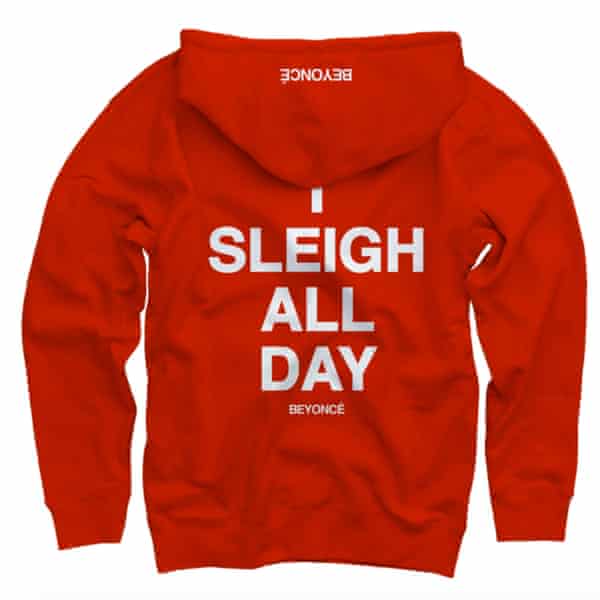Visits: 31
The ugly Christmas jumper is almost as ubiquitous as bad jokes in crackers, but with many of us working from home and office parties on hold, sales of seasonal sweaters have fallen for the first time in almost a decade.

Despite supermarket chain Lidl and Microsoft introducing their own nostalgic sweaters, sales have been sluggish.
“When the pandemic first hit in March, we saw an overnight 80% decline in sales,” said Nicklaus Morton, co-founder of seasonal apparel store Tipsy Elves, whose biggest sellers include Father Christmas recreating a photo from Kim Kardashian’s Paper magazine shoot, and one featuring a caricature of saxophonist Kenny G, depicted shirtless, with the slogan “saxy Christmas”.
“We’ve been able to grow every year since 2011 [but] my sense is that during times of economic uncertainty people tend to spend less on non-essential items,” said Morton.
“Since for so many months professional attire has been downgraded and no one knows if and when there will be a return to the office, these sweaters make less sense sartorially,” says Prof Angela McRobbie from Goldsmiths, University of London. “[Before] they signalled a welcome but temporary escape from the office.”

The roots of the ugly Christmas sweater came from the 1960s when televised Christmas specials would see singers such as Val Doonican perform in cosy intricately designed jumpers. By the 1990s, they were given an ironic twist by hipsters referencing celebrities such as Bill Cosby and Gyles Brandreth, whose wool wearing became a trademark.
With the focus on wry, knowing humour, it fell into the anti-fashion trend of normcore, where everyday clothes became elevated to fashion staples, seen in Vetements’ appropriation of the DHL logo for a much wanted T-shirt. The reactionary, anti-style ugly Christmas sweater fit perfectly into this moment.
“It was about some desire for authenticity, ordinariness and to be exonerated from the relentless demands of fashion,” says McRobbie. Sales peaked in the 2010s with Topshop reporting a 54% year-on-year increase from 2011 to 2012.

By 2017 even Beyoncé was selling her own, while Taylor Swift had an ugly Christmas sweater theme for her 30th birthday last year. The meaning of it had softened and broadened and the humour had got more punny. “They now appeal to some desire for common cultural values that are looked at with endearment,” said McRobbie. This fits with their role as a charitable item: this year the singer Leona Lewis created a range to benefit an animal sanctuary.
Although consumers may have pivoted away from the ugly sweater, they are still purchasing novelty Christmas items that reflect more time spent at home: Morton cites an increase in Christmas onesies, pyjamas and loungewear. “As people get used to the ‘new normal’, finding joy, optimism and a reason to celebrate becomes increasingly important,” he said. “In some ways it may be even more important than normal.”

